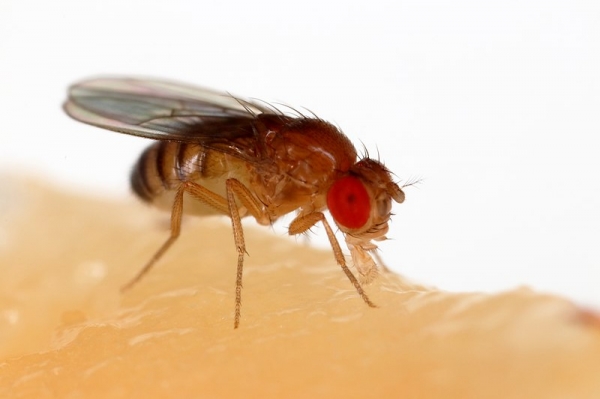A UAB research team has managed to track the behaviour of microplastics during their "journey" through the intestinal tract of a living organism and illustrate what happens along the way. The study, carried out on Drosophila melanogaster using electron microscopy equipment developed by the researchers themselves, represents a significant step towards a more precise analysis of the health risks of being exposed to these pollutants.
The behaviour of micro and nanoplastics (MNPLs) inside the organism is a question impossible to answer at present in humans, and in vitro models are not useful. Hence, there is a need to look for models that allow us to answer this question. Furthermore, there are limitations in the current methodologies for detecting and quantifying their presence in different human biological samples, which prevents an accurate assessment of the health risk of exposure.
In this context, researchers from the Mutagenesis Research Group of the Universitat Autònoma de Barcelona (UAB) have managed to monitor the tracking of MNPLs in their "journey" from the environment to the interior of a living organism. They have done it by developing tools based on electron microscopy and in larvae of the Drosophila melanogaster fly, a model organism widely used to study biological phenomena and processes.
Read more at Universitat Autonoma de Barcelona
Photo Credit: Sanjay Acharya via Wikimedia Commons


